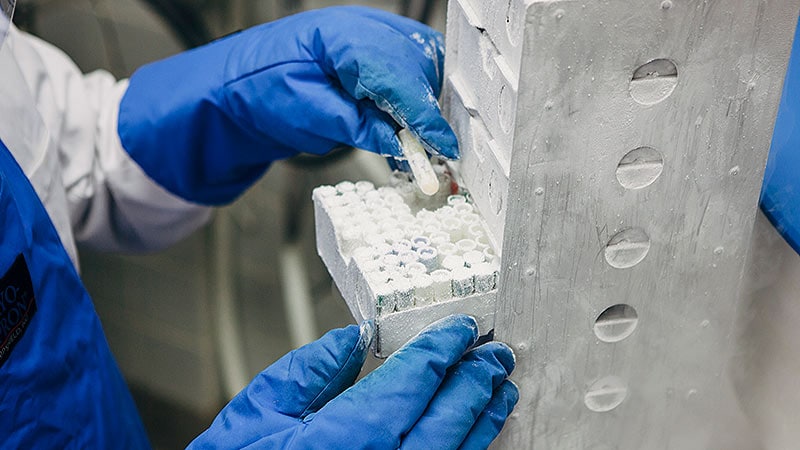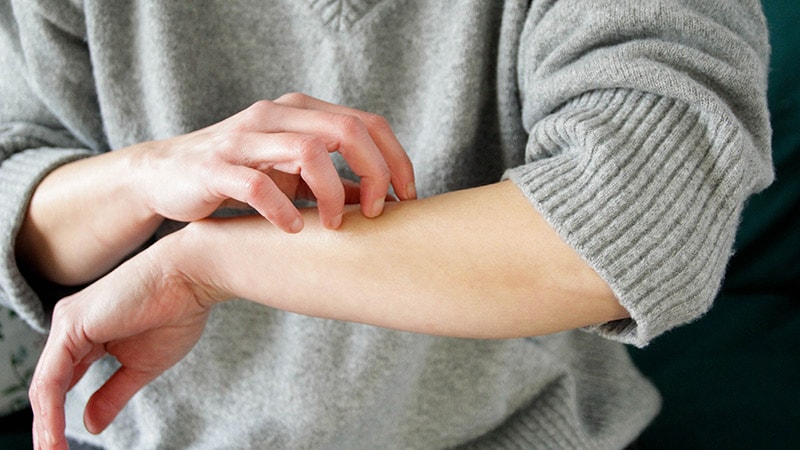Going to Mars? Your Body Might Disagree
On the journey to Mars, one rule stands out: Expect the unexpected. Medical self-sufficiency and adaptability are essential for survival in space.
Bergita Ganse, MD, PhD, from Saarland University, in Saarbrücken, Germany; Bimba Franziska Hoyer, MD, head of the Rheumatology Section and Center for Inflammatory Medicine at the University Hospital Schleswig-Holstein, Campus Kiel, Kiel, Germany, and associated with the German Aerospace Center; and Claudia Stern, MD, senior researcher, head of the department and flight surgeon in the Department of Clinical Aerospace Medicine at the Institute of Aerospace Medicine, emphasized this message during their lectures at the 131st Congress of the German Society of Internal Medicine.
The 260 days of weightlessness during the journey to Mars present significant physical and psychological challenges for astronauts, with risks that remain inadequately researched.
Muscle Atrophy
Within merely 5-11 days in space, astronauts can lose up to 20% of their muscle mass, particularly in the lower extremities. Type II muscle fibers, which are responsible for powerful strength, are particularly affected. This transition from endurance-oriented type I fibers to power-oriented type II fibers further impairs muscle endurance. The loss of muscle strength often exceeds the loss of muscle mass due to fat deposits. Daily intensive onboard training programs of approximately 2.5 hours can slow muscle loss but cannot fully prevent it. Full recovery of muscle fiber composition may take several months after their return to Earth.
Bone Density
Bone mass decreases by 1%-2% per month in space, potentially leading to a loss of up to 20% during a Mars mission. The weight-bearing bones in the legs are particularly affected. Regeneration of bone mineral density is exceedingly slow and can take years. Consequently, osteoporosis results in permanent changes in the bone structure. Along with targeted strength training, calcium, vitamin D, and bisphosphonates are used as countermeasures, although their effectiveness remains limited.
Cartilage Damage
Upon returning to Earth, astronauts may experience cartilage damage due to rapid reloading. Loss of collagen and changes in the subchondral bone increase the risk for pain and functional limitations. Urinary biomarkers may help detect cartilage damage early in the future.
Back Pain
More than half of astronauts suffer from back pain while in space, often associated with an increased risk for herniated discs. The cause is likely due to the pressure placed on the intervertebral discs during weightlessness. Discomfort impairs sleep and work ability, which could have serious consequences on a Mars mission.
Vision Changes
Since 2008, visual changes after long-term missions have been documented, commonly involving papilledema, increased intraocular pressure, and blurred vision. The causes appear to be multifactorial, with cephalad fluid shifts, increased intracranial pressure, elevated CO2 levels, and genetic factors all playing a role. While symptoms generally resolve upon return, they could potentially become critical issues on longer missions.
Medications and Diagnostics
How medications work in microgravity and radiation is still not well understood. Dose adjustments and drug stability must be reassessed for long missions. Diagnostic devices must be small, independent, and artificial intelligence–supported, as telemedicine is limited by communication delays of up to 44 minutes.
Immune System Under Pressure
Isolation, stress, radiation, and long mission durations can significantly weaken astronauts’ immune systems due to changes in cytokine levels, alterations in lymphocyte populations, and an increased risk for viral reactivation observed under space conditions. Infections such as herpes zoster or bacterial contamination can thus lead to problems, particularly given the limited treatment options due to limited resources.
Conclusion
The medical challenges of a Mars mission are vast, ranging from muscle and bone loss to vision problems, radiation exposure, psychological stress, and limited medical care, all of which pose major risks to astronaut health and performance. Advancements in training, diagnostics, and treatment are urgently needed. Reaching Mars will require innovative solutions and interdisciplinary teamwork; however, the journey begins with the Moon and many more research milestones.
This story was translated from Coliquio.


 Admin_Adham
Admin_Adham


